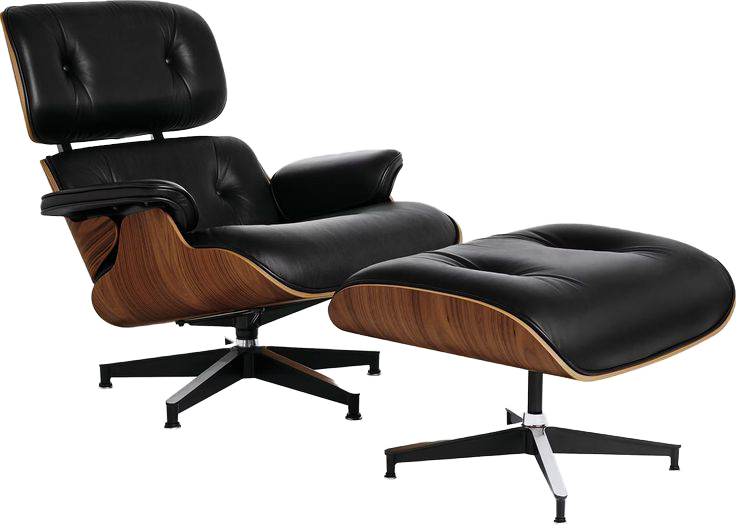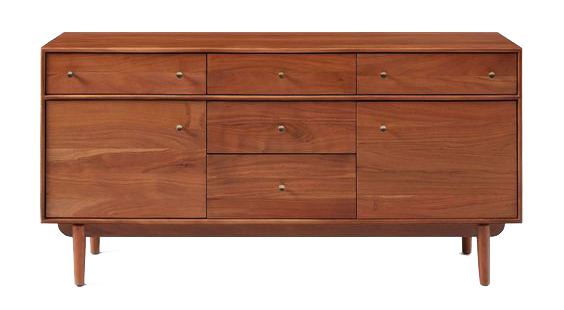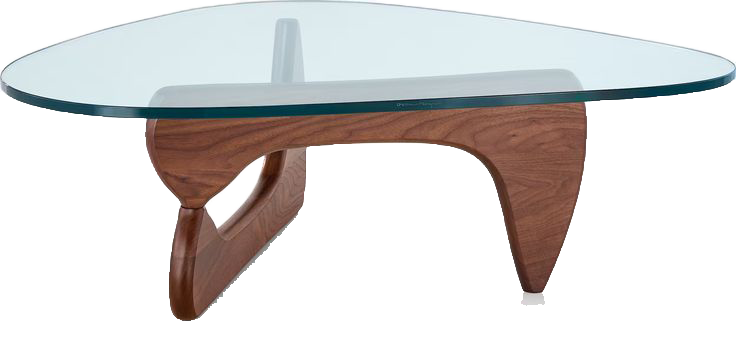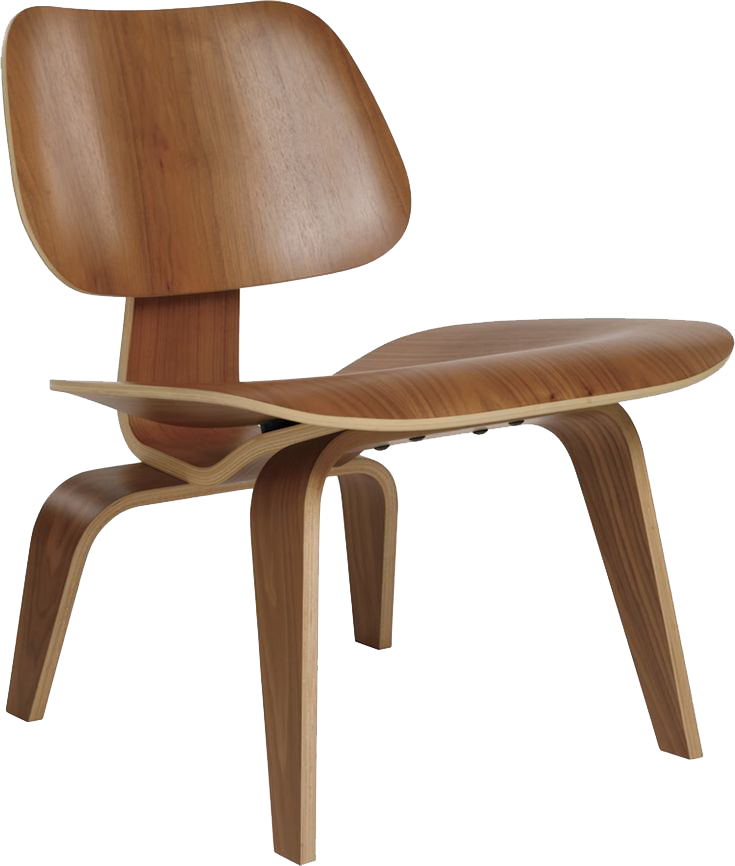Timeless Elegance: Exploring the World of Mid-Century Modern Design
Introduction to Mid-Century Modern Design
When we think of Mid-Century Modern style, iconic pieces like the classic Eames lounge chair, the striking Sputnik chandelier, or a sleek walnut credenza immediately spring to mind. Renowned for its embrace of earthy tones and rich wood materials, Mid-Century Modern design remains one of the most popular and enduring styles in the world of interior design. Over the years, working with virtual interior design clients, I've consistently incorporated this timeless aesthetic, finding new ways to revel in its unique blend of simplicity and sophistication. In this blog, part of my ongoing series exploring various design styles, I aim to delve deeper into the nuances of Mid-Century Modern design. let’s explore a bit of its history, iconic furniture, distinctive lighting, and the classic yet contemporary approach to kitchen and bathroom designs that this style offers.
Mid-century modern style living room. AI created by Dall-E 3
What is Mid-Century Modern?
Mid-Century Modern is a design style that emerged in the mid-20th century, roughly from the 1940s to the 1960s. It's famed for its clean lines, organic shapes, and a seamless blend of form and function. This style is all about simplicity and efficiency, reflecting the post-World War II era's shift towards modernity. In Mid-Century Modern design, you'll often find a mix of traditional materials like wood with non-traditional ones such as metal, glass, vinyl, and plexiglass, showcasing a bold departure from previous design norms.
The beauty of Mid-Century Modern lies in its versatility and timelessness. Whether it's a piece of furniture, a building, or an interior space, this style emphasizes uncluttered, sleek designs with minimal fuss. It's a style that celebrates the beauty of simplicity, making it incredibly popular in today's interior design world. From iconic chairs that double as art pieces to geometric patterns and a love for indoor-outdoor living, Mid-Century Modern continues to influence how we decorate and live in our spaces.
Mid-century modern style home office. AI created by Dall-E 3
History of Mid-Century Modern Design
The story of Mid-Century Modern design begins in the mid-20th century, a period marked by a surge in creativity and a desire for change after World War II. This design movement, spanning from the 1940s to the 1960s, was born in America and quickly spread across the globe. It was a time of rebuilding and reimagining, where designers and architects sought to create a new aesthetic that embodied the optimism and innovation of the post-war era. They focused on making designs that were not only beautiful but also practical and accessible to the masses.
The roots of Mid-Century Modern design can be traced back to earlier movements like Bauhaus and International Style, which emphasized functionality and simplicity. These influences merged with the unique American experience, resulting in a style that favored clean lines, organic forms, and a seamless connection between the indoors and outdoors. Mid-Century Modern designers believed in the philosophy that ‘form follows function,’ meaning that the design of a building or object should be primarily based upon its intended function or purpose.
Key figures in this movement include architects like Frank Lloyd Wright and Charles and Ray Eames, who revolutionized the way we think about space, form, and function. Their designs were not just about looks; they were about making life easier and more enjoyable. The furniture was designed to be as functional as it was stylish, and homes were built with an open-plan concept to encourage a more relaxed and integrated way of living. This era left a lasting impact on the design world, influencing everything from furniture and architecture to graphic design and fashion. Today, Mid-Century Modern remains a beloved style, celebrated for its timeless appeal and continued relevance in contemporary design.
Mid-century modern style reading nook with an Eames lounge chair & ottoman. AI created by Dall-E 3
Furniture Design in Mid-Century Modern
Mid-Century Modern furniture design is celebrated for its innovation, simplicity, and timeless elegance. During the mid-20th century, a group of visionary designers transformed the way furniture was made and used, leaving a lasting legacy that continues to inspire today. One of the most iconic figures in this movement was Charles Eames, along with his wife Ray Eames. They were pioneers in using new materials like molded plywood and fiberglass for furniture. Their creations, like the Eames Lounge Chair and the Eames Molded Plastic Chair, are still in high demand for their comfort and stylish design.
Another noteworthy designer from this era is George Nelson. Known for his creative and functional designs, Nelson's work includes the playful Marshmallow Sofa and the sleek Nelson Platform Bench. These pieces are admired for their unique forms and practicality. Similarly, Isamu Noguchi brought a sculptural flair to Mid-Century Modern furniture. His Noguchi Table, with its distinctive organic shape and minimalist form, blurs the line between art and functional design.
Danish designers also made significant contributions to Mid-Century Modern furniture. Hans Wegner's Wishbone Chair and Arne Jacobsen's Egg Chair are prime examples of how Scandinavian design influenced this movement. These pieces stand out for their craftsmanship, use of materials, and ergonomic design, highlighting the global impact of the Mid-Century Modern style.
Mid-Century Modern furniture is not just about looks; it's about creating spaces that are livable and inviting. This design philosophy centers on the idea that beautiful and functional furniture should be available to everyone. Whether it's through the use of innovative materials, the creation of multifunctional pieces, or the incorporation of organic and geometric forms, these designers redefined what furniture could be. Today, their creations are not just furniture pieces; they are timeless works of art that continue to influence interior design trends worldwide.
Mid-century modern style dining room with a sputnik chandelier. AI created by Dall-E 3
Mid-Century Modern Lighting Design
Lighting design played a pivotal role in the Mid-Century Modern era, with designers creating fixtures that were both functional and artistic. One of the most iconic designs from this period is the Sputnik chandelier. Named after the first satellite to orbit the Earth, the Sputnik's futuristic, starburst design captures the era's fascination with space and technology. It's a brilliant example of how Mid-Century Modern lighting often doubled as a sculptural statement piece in a room.
Designers like George Nelson also made significant contributions to Mid-Century Modern lighting. Nelson is famous for his Bubble Lamp series, featuring simple, organic shapes made from innovative materials. These lamps, with their soft, diffused light and unique silhouettes, became a staple in Mid-Century Modern interiors. Similarly, Italian designer Gino Sarfatti focused on minimalist designs that maximized light efficiency. His Model 2097 chandelier, with its slender arms and multiple bulbs, is a perfect blend of form and function that characterizes this era's lighting design.
The lighting of the Mid-Century Modern era was more than just a source of illumination; it was an integral part of the overall design aesthetic. These light fixtures often featured clean lines, geometric shapes, and a mix of traditional and non-traditional materials. Whether it was a floor lamp with sleek, curved lines or a pendant light with an abstract, geometric shape, Mid-Century Modern lighting was designed to catch the eye and complement the room's overall look. Today, these lighting designs are still highly sought after for their timeless beauty and ability to add a touch of retro elegance to any space.
Mid-century modern style kitchen. AI created by Dall-E 3
Mid-Century Modern Kitchen Design
The Mid-Century Modern kitchen is a delightful blend of past and present, characterized by its unique color schemes, materials, and functional layout. Typical color palettes include a mix of earthy tones like olive green and mustard yellow, complemented by pops of brighter colors like teal or orange. This combination creates a warm yet vibrant atmosphere that is distinctly Mid-Century Modern. When it comes to materials, wood is a staple, often seen in teak or walnut cabinetry. The use of laminate countertops and linoleum flooring was also popular during this era, offering durability and ease of maintenance. On the present day, quartz and quartzite countertops are now popular for mid-century modern kitchen designs.
In terms of layout, the Mid-Century Modern kitchen embraces simplicity and practicality. The design often features an open-plan concept, promoting a seamless flow between the kitchen and adjacent living areas. This openness is perfect for today's lifestyle, where the kitchen often doubles as a social space. Clean lines and minimal ornamentation are key, avoiding clutter and ensuring that every element has a purpose.
Blending modern appliances with this retro style is an art. The key is to balance the old with the new. Modern stainless-steel appliances can be juxtaposed with vintage-inspired elements like retro-style mixers or toasters. For those who prefer a more cohesive look, many appliance manufacturers now offer designs that mimic the vintage aesthetics of the Mid-Century era, providing modern functionality without compromising the kitchen's retro charm. This thoughtful integration of the past and present ensures that a Mid-Century Modern kitchen meets contemporary needs while retaining its timeless appeal.
Mid-century modern style primary bath. AI created by Dall-E 3
Mid-Century Modern Bath Design
Mid-Century Modern bathroom design is all about creating a space that is both stylish and functional. The tile choices in these bathrooms often reflect the era's love for geometric patterns and bold colors. You'll commonly find square or hexagonal tiles in a range of colors from subdued whites and grays to more daring blues and greens. These tiles not only add a splash of character but also complement the overall clean and minimalistic design approach.
The color schemes in a Mid-Century Modern bathroom lean towards a balance of neutral tones and vivid hues. Neutral colors like beige, cream, or light gray provide a calm and serene backdrop, while accents in brighter colors like turquoise or coral add a touch of playful retro charm. This blend of shades works perfectly to create a bathroom that feels both contemporary and reminiscent of the Mid-Century era.
When it comes to vanities and light fixtures, functionality and sleek design are key. Vanities in this design style are often simple with clean lines, made from materials like wood or laminate, and sometimes feature distinctive hardware for a hint of glamour. The light fixtures in Mid-Century Modern bathrooms are typically understated yet elegant, with popular choices including globe lights or linear sconces that provide both style and ample lighting. The overall goal is to create a bathroom that feels spacious, light, and uncluttered, echoing the timeless elegance of the Mid-Century Modern aesthetic.
Mid-century modern credenza. AI created by Dall-E 3
The Timeless Appeal of Mid-Century Modern Design
Throughout this blog, we've explored the rich history and enduring charm of Mid-Century Modern design. From the iconic furniture and innovative lighting fixtures to the functional yet stylish kitchen and bathroom designs, this style continues to captivate and inspire. Its blend of simplicity, functionality, and aesthetic appeal makes Mid-Century Modern a timeless choice, one that will continue to resonate for decades to come.
As I've covered the essentials of Mid-Century Modern history, furniture, lighting, kitchen, and bathroom designs, it's clear how this design style transcends time. It's fascinating to think that the designs we admire today will still hold their allure 50 years and beyond. The beauty of Mid-Century Modern design lies in its versatility. You don't need to reside in a house built during the 1940s to the 1960s to embrace this style. It seamlessly integrates into homes from various eras, making it a universally appealing choice.
If you're feeling inspired by the Mid-Century Modern aesthetic and considering it for your own home, remember that this is one of my top design styles to work with. I'm here to help bring that timeless elegance into your space. Whether your home is new or old, large or small, I can assist in infusing it with the classic charm of Mid-Century Modern design. For those interested in incorporating this style into their homes, feel free to reach out here. Let's create a space that reflects both the timeless beauty of the past and the comforts of the modern world.
Disclosure: Please note that some of the links above are affiliate links and by clicking on them incur no additional cost to you. JJones Design Co. will earn a commission if you decide to make a purchase after clicking on the link. Please understand that JJones Design Co. has experience with all of these vendors, and recommends them because they provide excellent customer service and quality products. We do not base our designs off of vendors that provide affiliate link commissions. Do not feel obligated to spend any money on these products unless you feel you need them or that they will help you achieve your goals for your design.














